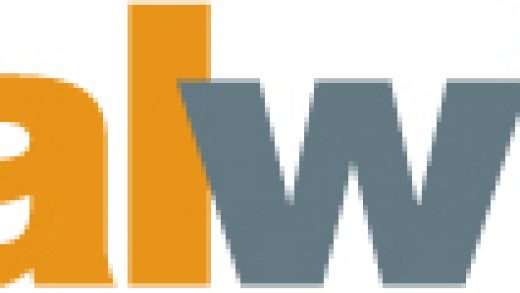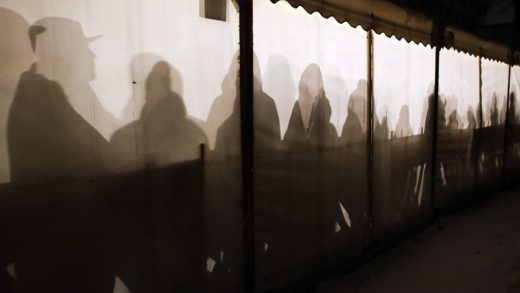Opinion: Break down ‘audist’ barriers
Communication is a key component of equitable health care. Although the Accessibility for Manitobans Act (AMA) became law in 2013, all five health regions in Manitoba have failed to provide equitable language services for Deaf and Hard of Hearing (Deaf/HH) patients who use American Sign Language (ASL) during triage in emergency and urgent care (ED/UC) facilities. This perpetuates discrimination and leads to negative health outcomes.
In 2004 the Winnipeg Regional Health Authority (WRHA) published a report on language barriers within the WRHA stating that the government of Manitoba funds ASL interpreting services for insured health services. While this is true once an individual is admitted, almost a decade later, no policy has been made to ensure interpretation services are available at triage.
When institutions fail to enact policies and provide resources that promote equitable services, they are removing the right to high-quality health-care services as a basic human right and social determinant of health. It is time to bring to light one of the root causes that the Deaf community has been talking about for decades. It’s time to talk about Audism.
MICHAEL CHRISTIANSON / FREE PRESS FILES
The Winnipeg Regional Health Authority building on Main St.
Audism is a term that describes the belief that speaking and hearing is superior to being Deaf and using sign language. The Canadian Association of the Deaf says,
“Audism occurs in all levels of government and society in the form of direct, indirect, and/or systemic discrimination and discriminatory behaviour or prejudice against Deaf people.”
There are about 357,000 Canadians that identify as being part of the Deaf community, a cultural and linguistic minority, who use sign language to communicate. About one per cent of Manitoba’s population is Deaf/HH (about 13,600 individuals). Currently, non-Deaf patients can access spoken language interpreters over the phone at triage, but Deaf/HH patients cannot.
Lack of policy, an unwillingness to seek out resources, and systemic and individual audist attitudes contribute to dismissal of interpretation requests. It is often argued that written communication, lip reading, and dependency on non-Deaf family members, including children are “good enough” equitable communication strategies. However, these options fail to break down the communication barrier and continue to perpetuate audism by denying the legitimacy of signed language as equivalent to spoken languages.
Relying on written communication is audist because it assumes that all Deaf/HH people are comfortable using written English. However, ASL is a distinct language with grammar and syntax. Relying on written English leads to misunderstandings and prevents the Deaf/HH patient from fully explaining the reason for seeking emergency care and their symptoms. Consequently, health-care staff cannot perform a proper assessment before making decisions of care and often patients are placed in low priority positions which can have serious health consequences.
In 2012, a study was conducted involving six Deaf ASL users in Manitoba. All participants experienced denial of interpreting services by some health care providers seeking mental health care and four of the six reluctantly took prescribed medications without knowing what they were for, how to take them, or potential side effects. Medications are sometimes provided at triage and without interpretation patients are left in a vulnerable situation.
Assuming that “lip reading” is an equitable option is problematic because speech reading is difficult as only 30 per cent of English words are visible on the lips. It is an acquired skill that only some Deaf/HH people are comfortable with. It also forces individuals to “be like” non-Deaf people by using speech whereas hospitals should be working towards respecting the cultural and linguistic preference of Deaf/HH patients as a movement towards health service equity and elimination of power imbalance.
Relying on family members to assist with communication at triage is problematic because they are not trained to interpret and likely aren’t knowledgeable about medical language. Family may intentionally or unintentionally omit or add information without the patient’s knowledge. This leads to miscommunication, delays treatment, and can cause mistreatment.
Fortunately, video relay interpretation (VRI) technology exists where a sign language interpreter can appear quickly on screen to provide communication. In Ontario, CHEO is the first pediatric hospital in Canada that offers voice and VRI access to language interpreters (including ASL) through Voyce, a company that specializes in medical interpreting. Jill Sullivan, CHEO’s manager of patient experience says that time matters and being able to have an interpreter within 20 seconds has been overwhelmingly positive for both patients and healthcare staff.
In Winnipeg, ECCOE provides emergency interpreting services in person and remotely for all hospitals across Manitoba. Unfortunately, hospitals do not have technology set up at ED/UC triage for immediate services, nor is there a uniform policy across the five health regions. Additionally, some hospitals are reluctant to allow remote interpreting or do not make their staff aware of ECCOE, especially in rural communities.
Making the health-care system more equitable for Manitobans requires all people to participate in breaking down barriers of audism. We need to encourage regional health authorities to consult with Manitoba Deaf organizations, Deaf owned and Deaf centric communication businesses, and advocate that interpreting services at triage be added to their accessibility plans. We know that healthcare inequities affect marginalized populations but when barriers are removed, people experience improved health outcomes and can better manage their health. Let’s work to bring triage into 2023 and make healthcare truly equitable for all Manitobans!
Jennifer Toews is an ASL-English interpreter and nursing student at the University of Manitoba.


